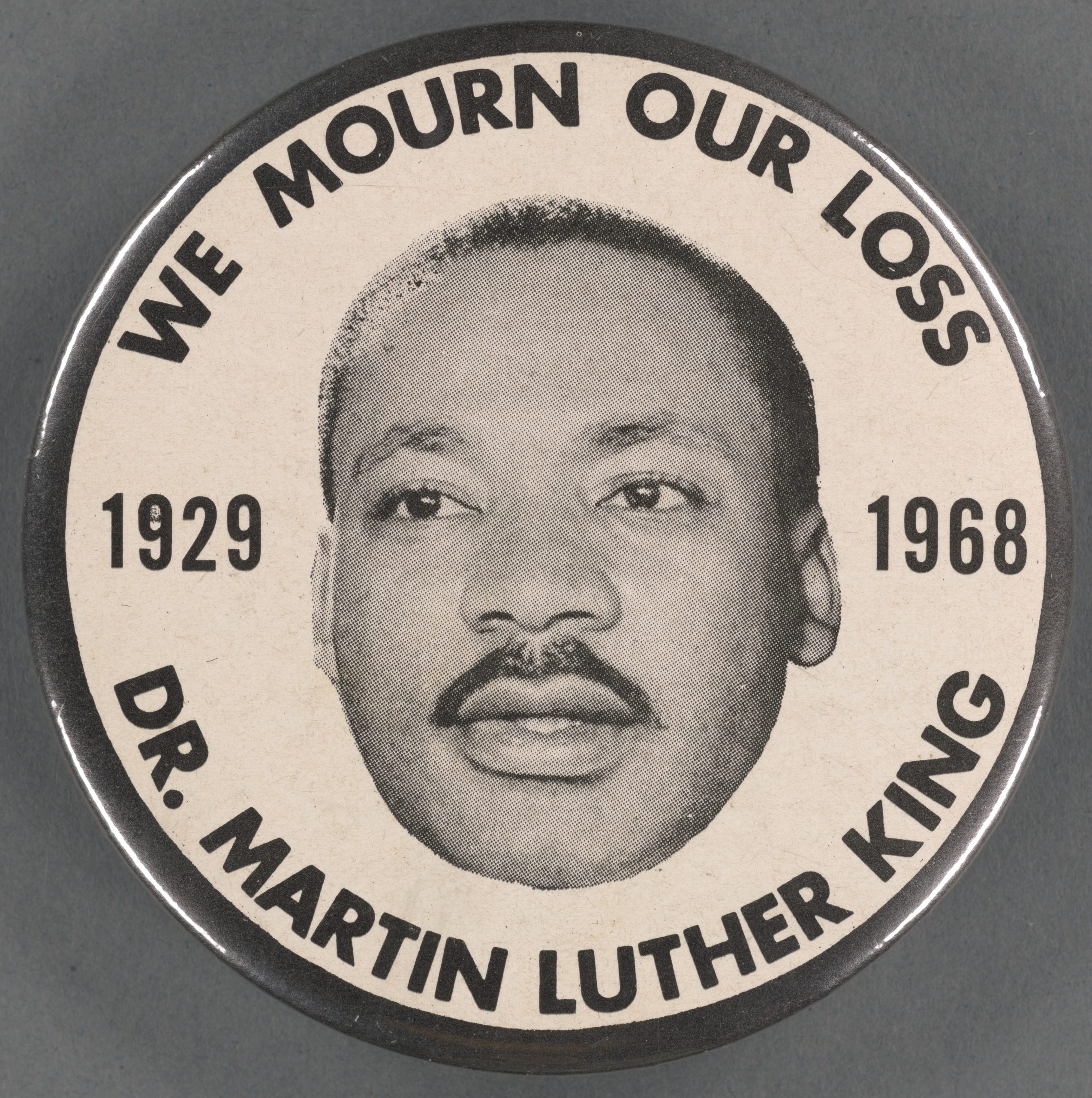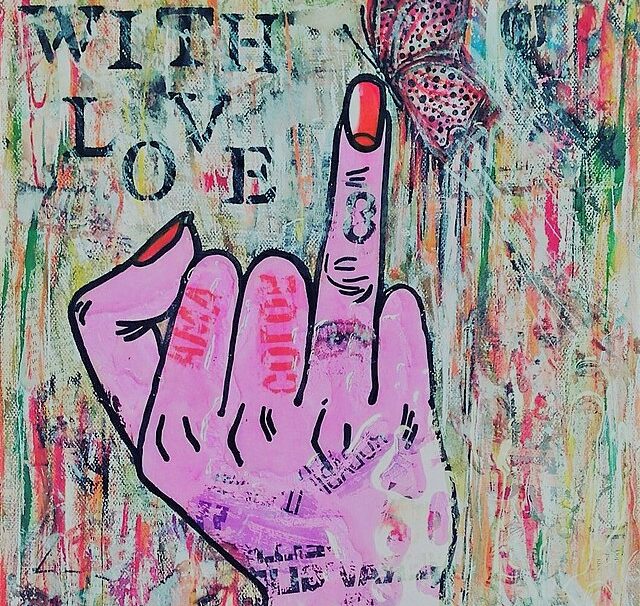interviews
We Need a Continent Full of Indigenous Stories
Beth Piatote, author of "The Beadworkers," on stringing together the future of Native American fiction

The short story collection The Beadworkers mixes prose, poetry, and verse to create a rich tapestry of Native-American cultural heritage. There is a sparseness to Beth Piatote’s prose that belies the depth of her chosen subject and the long, complicated history of American Indian Law. Hers is a language that pulls you along and manages to convey both the troubling injustice faced by Native peoples in this country and a sense of joy and celebration, especially when she is writing about the natural beauty of the Pacific Northwest, the lyricism of the Nez Perce language, or the power of kinship.
Beth Piatote is a writer, scholar, and associate professor of Native American studies at the University of California, Berkeley. She is Nez Perce from Chief Joseph’s Band and is an enrolled member of Colville Confederated Tribes.
I had the pleasure of speaking to Beth Piatote about her interest in form, incorporating Nez Perce aesthetics into her stories, and the future of Native-American fiction.
Carrie Mullins: On the surface each story in The Beadworkers is its own distinct world: two students connect during the 19th century, a woman boards a bus towards a new life, a young woman deals with unrequited love. Yet certain threads which run throughout the collection, like the recurring images of beadwork and salmon or an interest in story-telling and dreams, and together they build an underlying cultural fabric. Were there certain images or themes that you wanted to ground the collection?
Beth Piatote: I wrote this collection over many years, and always “on the side” while working my day job. This method (if I may call it that) supported the creation of these different forms and stories. At first, the only motif I had to connect the pieces was this one of beadwork—that in each piece there would be beadworkers or beadwork itself—I wanted beadwork to circulate through the book, to show how it moves. And of course that’s in the title and the gorgeous Marcus Amerman art on the cover. I wanted to show the various functions of beadwork—as an art, as a carrier of stories, history, and cultural identity; as an economic resource, as a conduit of power, as a collective activity, as a prayer—through the various stories.
In the pieces that I wrote later, I consciously drew on Nez Perce aesthetics that I had learned from reading traditional stories in the original language. So that brought in some of the intertexts with those old stories themselves (in “Katydid” and “Antikoni”) and certain motifs from those stories (the dominance of the number 5; the significance of the laymiwt, the youngest/littlest one). I also used Nez Perce language directly and idioms translated into English.
The recurrence of storytelling, dreams, salmon, songs, humor, law, grief—these just occurred naturally in the process of reflecting Northwest Indigenous lifeworlds. And some things are there just because I like them. I tended to think of each story as a piece of beadwork: each with its own form and pattern, but there are also patterns that emerge across the stories because of these recurring themes.
CM: Every short story writer who assembles a collection has to deal with this question of cohesion on a formal level as well as a thematic one. What is your approach? Do you actively build a collection of stories or start with individual works?
BP: My manuscript was rejected by agents and presses for about a year, and during that time I realized that I had written my book in a world of complete artistic freedom. I had the financial support of my day job (though time was extremely scarce) and I had not promised anyone besides myself that I was a writing a book. I had no agent and no publisher and no public expecting anything from me. I never did an MFA and didn’t know how to do things properly. I was just writing the stories as ideas came to me, and letting each story be what it wanted to be. Several of the stories I struggled with for a long time—lots of re-writing. Through all of this, the only cohesion to the collection was the beadwork motif, and a commitment to reflect the real world of Native life as I understood it.
Of course, I worked hard on the formal properties of each story. In fact, the diversity of form is itself a connecting thread, in that it reflects something of what it means to live as a Native person in America—one is constantly moving through forms and structures and re-making them.
After the book had a critical mass of stories but before it was completely finished I could see the coherence of the collection. At that point, the structure of the four sections became an important way to show how the stories were talking to each other.
CM: I loved the structural variety in the collection—some stories mix prose and poetry, others, like “Antikoni”, take on a completely different genre, and almost all play with the obvious narrative format of beginning-middle-end. Can you tell me a little about your relationship to structure and what draws you to break free of the traditional forms?
BP: I am drawn to the study of form, not only literary forms but also architecture, music, visual art, performance. Form is a wonderful puzzle and mode of meaning-making. My older brother is an orchestra conductor, and talking with him about structures in music were incredibly formative conversations for me in my development as a reader and writer. In college and grad school I loved literature classes, but also history and art history. What I’m saying here is just that it’s my natural inclination to be interested in form and to want to learn about it.
We need more than than a handful of prominent Native American writers. This entire continent is full of Indigenous stories.
This fascination with form is probably true of all writers and artists. Again, the fact that I was working on my own had some advantages in that I felt free to carry out whatever experiments with form that I wanted to do. I never had the idea that anyone would think it was odd until the rejections came in, but the book was pretty much done at that point.
Another aspect of freedom came through trusting older forms, specifically Nez Perce literature, language, and cultural practices. A few years ago, I was influenced by the Maori poet Robert Sullivan, who said that we should be using our Indigenous aesthetics in our work. And that inspired me to write the first part of “Feast” (the other two parts came years later). This triptych uses the Nez Perce feast—the order in which the First Foods are presented in the feast—as a literary structure across three different pieces. And this is the opening of the book, the foundation of everything. I knew that the feast would not be recognizable to many people, yet also that it would also be immediately recognizable to others. I trusted that if I could be faithful to the form, it would work. Lots of people have really resonated with that piece, and I credit the strength of the form to that.
The study of Nez Perce language, which has given me access to many of the old stories, has also had a huge impact on my work and my life, both in terms of form and content. Studying Nez Perce grammar has expanded my thinking enormously. It’s wondrous the way that the language works. Paying close attention to morphology and grammar has opened up new ways of thinking about and through English. I think it has given me a unique sensibility about what sentences and stories can be.
CM: “It doesn’t seem right that one should be returning on both ends of a journey, but that’s how it felt.” This line from “Rootless” captures a feeling shared by many characters in your stories—a sense of belonging to, and being torn between, two cultures. I’m interested in the way you deal with this issue because on one level it’s relatable to many Americans and yet it’s also totally unique in that most of us have roots in two countries that exist on two different physical lands, whereas for Native peoples, the shared spaces and completing narratives must be incredibly complex.
BP: I’m glad that you asked about “Rootless,” which is the shortest story in the collection and often kind of overlooked. I wrote this piece in reaction to Nakona literary scholar Kate Shanley, who said that sometimes Native American literature is about what doesn’t happen.
I thought I want to create a story like that. To write in the “negative space” around the shape of violence and distress that typically attends contemporary Indigenous stories.
In “Rootless” I created a story in which absolutely nothing bad happens to the Native character. She, like her ancestors, moves freely from one place to another, “carrying her roots with her.” The reservation and the city are seamless, though different, sites of indigenous life. She has a stable, ordinary life and while she shows compassion for a poor white woman fleeing a domestic violence situation, it is still through Indigenous eyes that the reader sees the white woman. That, in itself, is important.
The complexity that you point to—shared spaces and competing narratives—is well served by storytelling, which can contain things that get diminished through explanation. In stories things simply reside in relation: contradictory, messy, fucked up, beautiful.
CM: At the end of the story “Fish Wars”, we learn that a girl’s father has gone to jail for fishing the rivers where his people have always fished. This experience sparks fury in the characters (and the reader) while also coming across as all-too familiar, almost commonplace. This struck me because many American readers may not be aware of these constraints, or the ongoing battles between Indigenous people and the US government.
I wanted to write in the ‘negative space’ around the shape of violence that is typically in contemporary Indigenous stories.
BP: Yes, it is both wrong and commonplace. We are reminded of this by the recent protests at Standing Rock and the current protests at Mauna Kea. Children, elders, whole families are on the front lines. “Fish Wars” is an exploration of how families make decisions about how to respond when war comes to their homelands. I wanted a child narrator as a guide through that experience. A theme in all of my work is that Indian Wars are wars on Indian families. That is the very definition of an Indian war. The US is waging Indian Wars all over the world, including domestically.
For Native American children, immigrants, African American families, and many others, the coming to awareness of police surveillance and the precarity of their lives is what it means to come of age. The narrator of “Fish Wars” is 11 to make that point—but in reality, many children never make that transition; they are simply born into it, so that there was never a time in which it did not exist.
CM: There’s been some positive exposure for Indigenous literature recently thanks to the success of books like There, There by Tommy Orange, which was a finalist for the 2019 Pulitzer Prize, but there is still a lot of work to be done to get to proper representation in the American canon. Do you have a view on this progress, or lack thereof?
BP: Right now there is a handful of Native American writers who are visible in popular culture, and it’s wonderful. Tommy Orange and Louise Erdrich are award-winning writers, as is U.S Poet Laureate Joy Harjo. There are many, many other prominent Native writers, including writers who have been delivering amazing books for years, but at the moment these three authors seem to have broken through to be household names, like Toni Morrison or Colson Whitehead.
To have three Native authors prominent at the same moment is an unprecedented level of visibility. This is fantastic news for readers and for the literary canon. But we need more than three; more than a handful; more than two handfuls; more than a barrelful; more than a trainful; more than a lakeful. We need a continentful. This entire continent is full of Indigenous stories.









